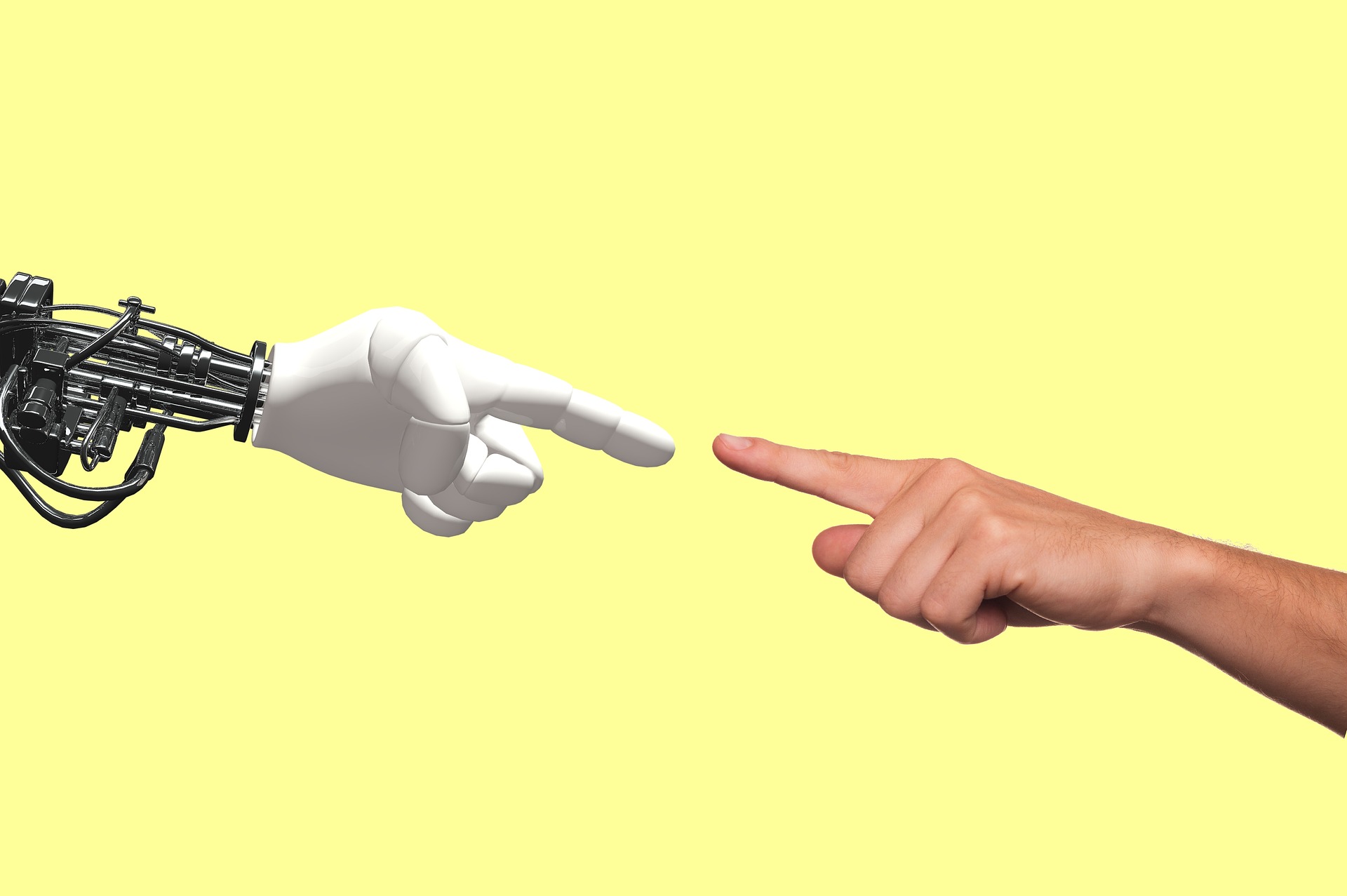Robots Bring the Class to the Student

By Michael Gagne, District Administration
These days, McKenna Smith is back in the classroom. She’s a high school student in Missouri’s Nixa Public Schools, but had been unable to attend classes since elementary school because of chemotherapy treatment.
But Smith didn’t miss as much interaction with teachers and classmates as she could have because she connected with them remotely—via robot.
 The Double Robot resembles a Segway scooter with a tablet computer attached to the top of the neck. Last year, the robot helped Smith seemingly be in school, as shown on a YouTube video. https://www.doublerobotics.com/
The Double Robot resembles a Segway scooter with a tablet computer attached to the top of the neck. Last year, the robot helped Smith seemingly be in school, as shown on a YouTube video. https://www.doublerobotics.com/
The robot wheeled up and down the classroom, while Smith’s face appeared on-screen, with a camera below the display. The camera captured the classroom, teacher and other students, and allowed Smith to interact with the class in real time.
Virtual inclusion
Researchers at the University of California Irvine studied the Double Robot and what it called “virtual inclusion.” Being connected to peers through robots can
reduce “feelings of loneliness, depression and isolation,” common when students are physically excluded from class. “It does seem like a game-changer to me—a new way of dealing with kids who are home- or hospital-bound,” says Keith Krueger, CEO of CoSN. While robotics has been around for years, “you have to believe it’s much more cost-possible than cost-prohibitive now,” Krueger adds.
In Missouri, for example, the Nixa district bought its own robot, via the federal Assistive Technology Act, which established technology assistance programs in each state, says John Effinger, program coordinator for Missouri Assistive Technology, which strives to improve access to state residents. And in Smith’s case, she needed specialized, one-on-one math instruction from her teacher, which she had been unable to receive prior, says Karen McKnight, Nixa Public Schools’ executive director of special services. So the robot was included in Smith’s I
Robot options
The Double is not the only option for districts. A similar telepresence robot, called VGo, is offered by a Cambridge-based company of the same name. If cost is an issue, Effinger says Kubi is another considerably less expensive device which does not move on wheels but can serve as a tablet stand and sit on a cart. And RobotLAB Inc. has humanoid robots and new curricula to improve student engagement in core subjects.
For more information visit: https://www.districtadministration.com/article/robots-bring-homebound-students-class

